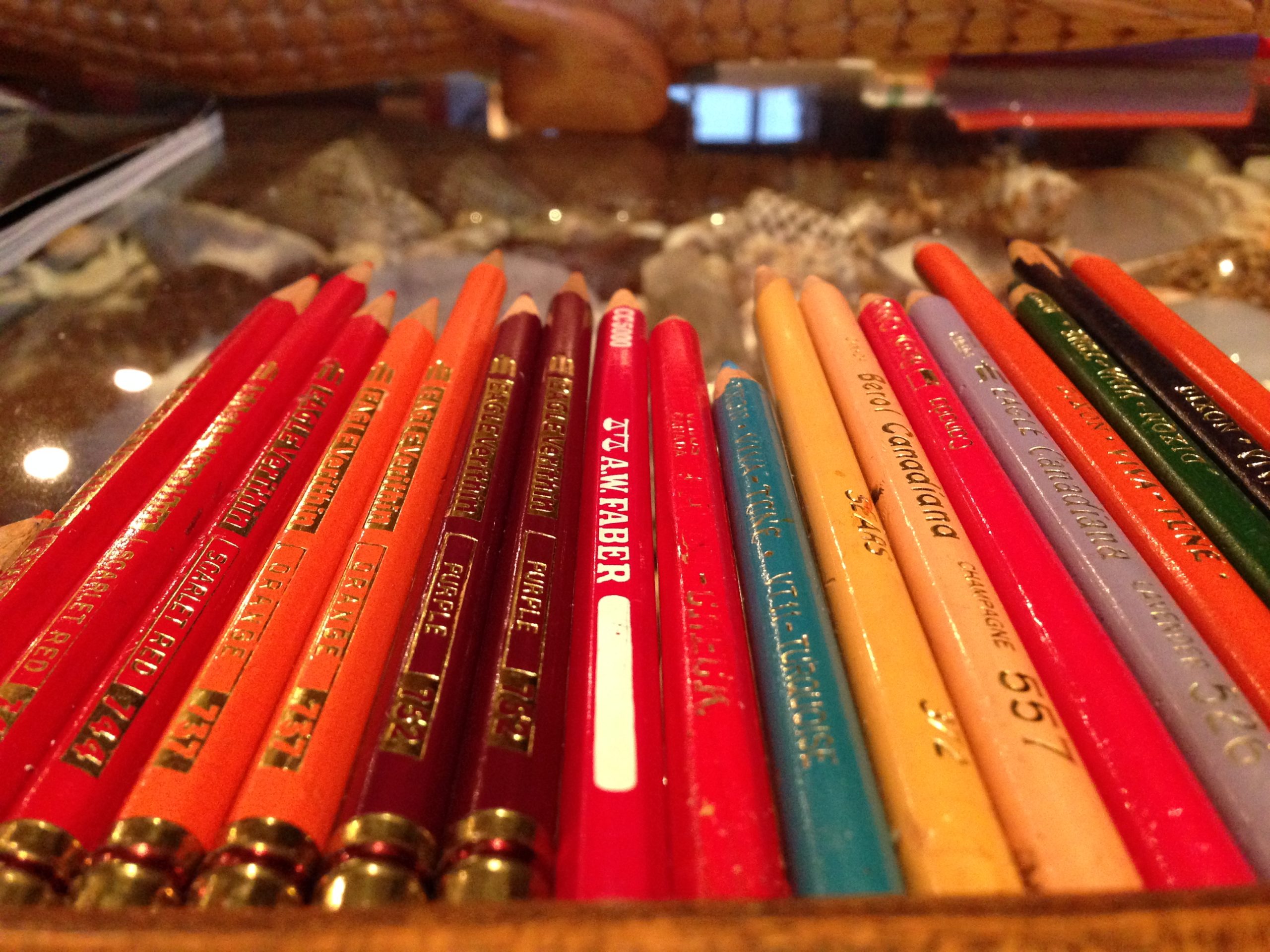 More schools in the world are becoming digitalized, but there are still places in the world that heavily depend on the wooden pencil for adequate learning. There are also those artists, draftsmen, businessmen and architects that prefer to jot down their ideas and draw designs, the traditional way. The production of wooden pencils takes a toll on the world’s forests, with 82,000 trees cut down each year to make 2 billion traditional wooden pencils, as each tree yields about 170,000 pencils. However, until something that is equally convenient is invented, wooden pencils will continue to be used by kids learning to write, and by others – out of easy availability. …A large percentage of cedar wood designated to pencil-making for distribution around the world is grown in Sweden and South Africa. …The one upside to traditional pencils, is that they are natural, almost 100% biodegradable, and relatively cheap.
More schools in the world are becoming digitalized, but there are still places in the world that heavily depend on the wooden pencil for adequate learning. There are also those artists, draftsmen, businessmen and architects that prefer to jot down their ideas and draw designs, the traditional way. The production of wooden pencils takes a toll on the world’s forests, with 82,000 trees cut down each year to make 2 billion traditional wooden pencils, as each tree yields about 170,000 pencils. However, until something that is equally convenient is invented, wooden pencils will continue to be used by kids learning to write, and by others – out of easy availability. …A large percentage of cedar wood designated to pencil-making for distribution around the world is grown in Sweden and South Africa. …The one upside to traditional pencils, is that they are natural, almost 100% biodegradable, and relatively cheap.